What are the Differences between Drill Ships and Drill Rigs
Offshore drilling represents a vital and intricate undertaking, serving as a cornerstone of our global energy supply and facilitating the extraction of precious resources hidden beneath the ocean floor. Within this article, we will embark on an exploration to discern the fundamental disparities between two pivotal contributors to this industry: drill ships and drill rigs. These colossal mechanisms share a mutual objective of delving into the Earth’s submerged crust, yet they each possess unique attributes, applications, and functions that contribute to the advancement of our comprehension of the subaquatic realm.
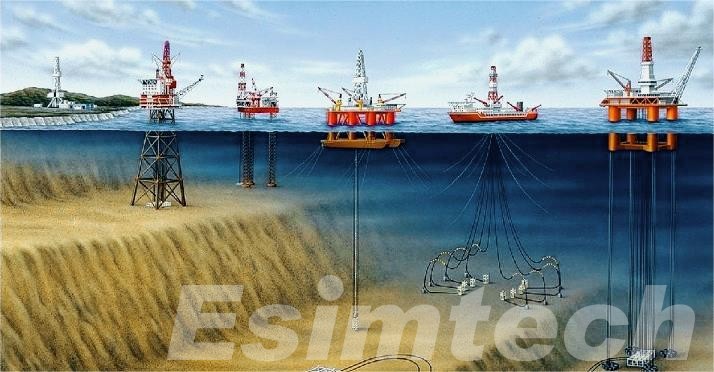
What are the Drill Ships and Drill Rigs
The Drill Ship: A Floating Marvel
A drill ship, as the name suggests, is a remarkable combination of a marine vessel and a drilling rig. Its primary purpose is to facilitate offshore drilling operations with a high degree of mobility and versatility.
- Mobility and Versatility
One of the most striking features of a drill ship is its mobility. These vessels are equipped with dynamic positioning systems that enable them to maintain a stable position above the drilling site, even in turbulent seas. This exceptional mobility allows drill ships to adapt to various offshore environments.
- Self-Propulsion
Drill ships are self-propelled, which means they can independently navigate the open seas. This capability reduces the time and cost associated with repositioning, making them an efficient choice for exploration and production in remote or rapidly changing offshore environments.
- Deep-Water Capabilities
One of the significant advantages of drill ships is their suitability for deep-water drilling. Many modern drill ships can operate in waters as deep as 12,000 feet or more. This depth capacity opens up vast areas of the ocean floor for exploration and resource extraction, where traditional drilling rigs would be impractical.
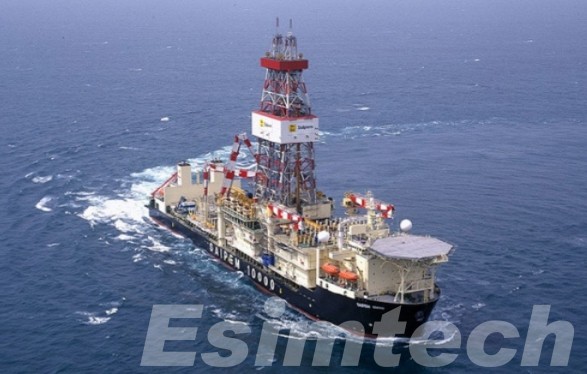
- Advanced Drilling Equipment
Drill ships are equipped with state-of-the-art drilling equipment, including drilling derricks, blowout preventers, and mud systems. These components enable them to perform a wide range of drilling operations, from exploratory drilling to production drilling and well maintenance.
- Living Quarters
Due to their extended time at sea, drill ships often feature accommodations for a substantial crew. These living quarters ensure that the crew can work and live comfortably during their offshore assignments, making drill ships self-sustaining for extended periods.
The Drill Rig: A Solid Foundation
In contrast to the mobility of drill ships, drill rigs are fixed structures that are designed to perform drilling operations on the ocean floor. They provide stability and endurance in specific drilling situations.
- Fixed Location
Drill rigs are stationary structures, often anchored to the ocean floor or secured on specialized platforms. This fixed position ensures stability during drilling operations, reducing the impact of wave motion and other environmental factors that can affect drilling accuracy.
- Shallow-Water Drilling
While drill ships excel in deep-sea exploration, drill rigs are often employed for shallow-water drilling operations, typically in depths of up to 500 feet. These shallow waters may be close to shore, making it more convenient and cost-effective to use a drill rig.
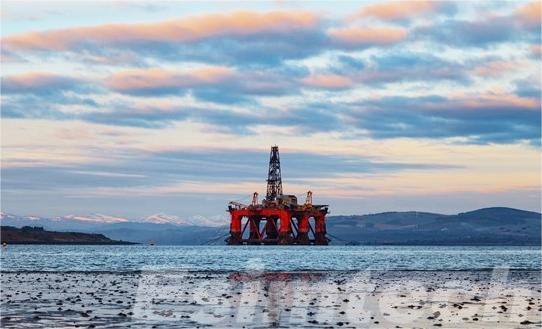
- Simplicity and Cost-Effectiveness
Drill rigs are generally less complex than drill ships. They lack the extensive marine systems required for open-water navigation and dynamic positioning. As a result, they can be more cost-effective for drilling projects in shallow waters and nearshore locations.
- Jack-Up Rigs and Semi-Submersibles
There are two primary types of drill rigs used in offshore drilling: jack-up rigs and semi-submersibles. Jack-up rigs rest on legs that can be extended to the ocean floor, providing stability. Semi-submersibles partially submerge themselves in the water, using ballast tanks to control their position. Each design offers distinct advantages depending on the drilling scenario.
- Limited Crew Accommodation
Drill rigs typically have limited onboard accommodations compared to drill ships. Crew members often stay onshore or on nearby support vessels, commuting to the rig for their shifts.
Comparison Between Drill Ships and Drill Rigs
1. Mobility and Location
Drill Ships:
- Drill ships are highly mobile and versatile marine vessels.
- They use dynamic positioning systems to maintain a stable position above drilling sites, even in rough seas.
- The mobility of drill ships allows them to explore a wide range of offshore locations, from shallow to ultra-deep waters.
Drill Rigs:
- Drill rigs are stationary structures fixed to the ocean floor or secured on specialized platforms.
- Their fixed location provides stability during drilling operations, minimizing the impact of environmental factors.
- Drill rigs are typically used for drilling in shallow waters or nearshore locations.
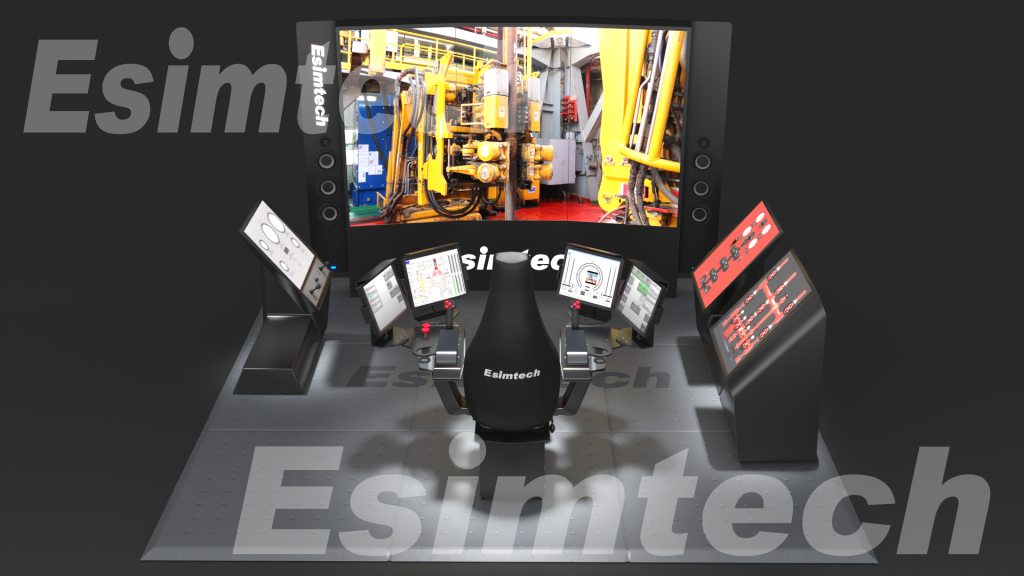
2. Water Depth Capacity
Drill Ships:
- Drill ships are suitable for deep-water drilling and can operate in waters as deep as 12,000 feet or more.
- Their deep-water capabilities make them indispensable for exploring and extracting resources in remote and challenging offshore environments.
Drill Rigs:
- Drill rigs are primarily used for shallow-water drilling, typically up to 500 feet deep.
- They are well-suited for drilling in relatively shallow waters near coastlines.
3. Complexity and Cost
Drill Ships:
- Drill ships are complex and relatively expensive due to their marine systems and dynamic positioning technology.
- Their versatility and deep-water capabilities make them a substantial investment for offshore drilling projects.
Drill Rigs:
- Drill rigs are simpler and generally more cost-effective than drill ships.
- They are favored for shallow-water drilling projects where the complexity and cost of a drill ship may not be justified.
4. Crew Accommodation
Drill Ships:
- Drill ships are equipped with extensive living quarters for crew members.
- Crew members can live and work comfortably onboard for extended periods, making drill ships self-sustaining.
Drill Rigs:
- Drill rigs have limited onboard accommodations for crew members.
- Crew members often stay onshore or on nearby support vessels, commuting to the rig for their shifts.
In conclusion, while both drill ships and drill rigs serve essential roles in offshore drilling, their suitability for specific projects depends on factors such as water depth, complexity, mobility requirements, and budget considerations.
Drill ships are the go-to choice for deep-water exploration and production, while drill rigs offer stability and cost-effectiveness for shallow-water drilling and other specialized applications. Understanding the differences between these two vital components is crucial for the successful execution of offshore drilling projects and the sustainable extraction of valuable resources from beneath the ocean floor.
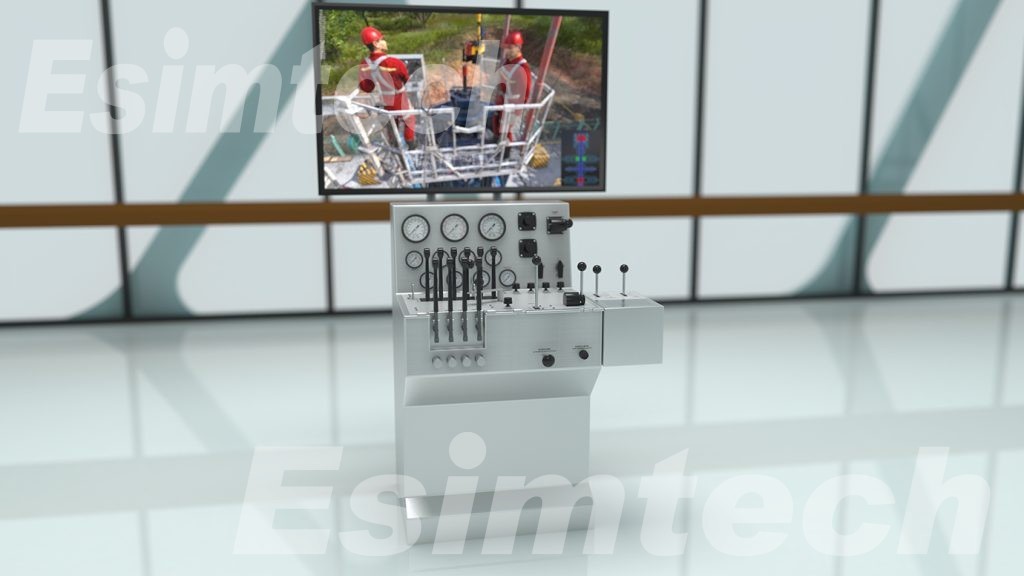
Simulation Used in Drill Ships and Drill Rigs
In the ever-evolving world of offshore drilling, technology plays a pivotal role in enhancing safety, efficiency, and precision. One such technological advancement that deserves mention is the use of simulation in both drill ships and drill rigs.
Drill Ship Simulation
Drill ship often utilize advanced simulation systems to train their crews and optimize drilling operations. These simulators provide a realistic virtual environment where crew members can practice various scenarios, from routine operations to emergency responses. Such training helps ensure that the crew is well-prepared for the challenges they may encounter at sea.
Additionally, simulation software can model the behavior of the drill ship in different sea conditions, allowing operators to refine dynamic positioning strategies and improve stability during drilling. This technology not only enhances safety but also contributes to the efficiency of the vessel’s operations.
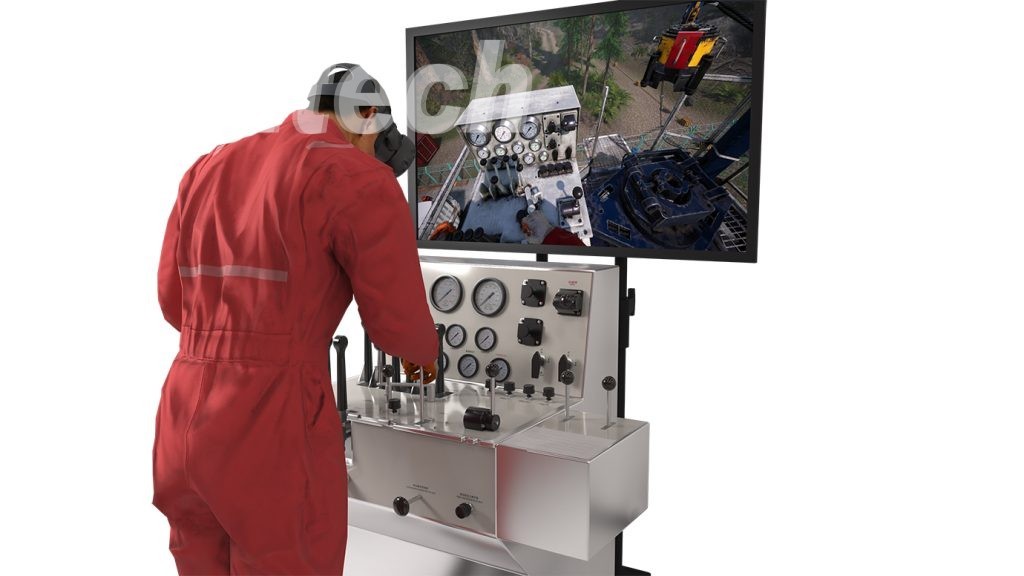
Drill Rig Simulation
Similarly, drill rigs employ simulation technology to enhance their performance and safety. These drilling simulation systems can replicate the the rig process in a controlled environment, enabling operators to assess drilling techniques and optimize equipment settings.
Simulation in drill rigs is especially valuable for training purposes, as it allows crew members to familiarize themselves with the rig’s equipment and operations before they are deployed offshore. This reduces the learning curve and minimizes the risk of errors during actual drilling.
Conclusion
In summary, drill ships and drill rigs both have vital roles in offshore drilling, but their suitability depends on factors like water depth, complexity, mobility, and budget. Drill ships are best for deep-sea work, while drill rigs excel in shallow waters and specialized tasks. Knowing these differences is essential for successful offshore drilling and resource extraction.
As technology continues to advance, we can expect simulation systems to become even more sophisticated, further bridging the gap between theory and practice in the challenging and vital field of offshore drilling.
